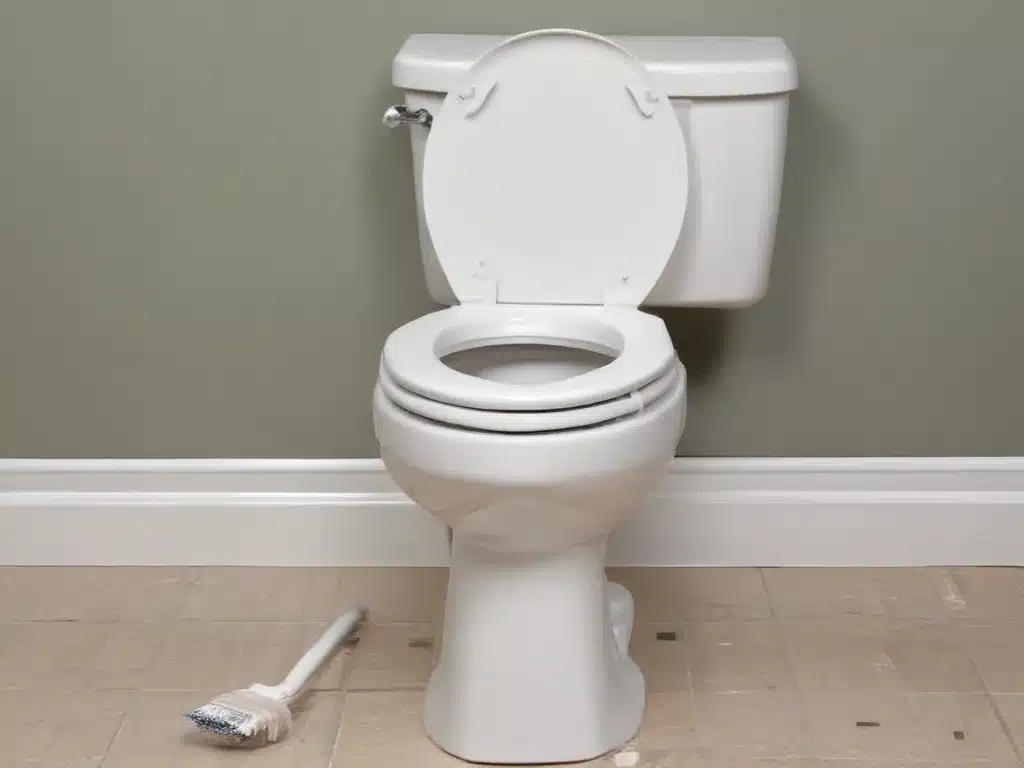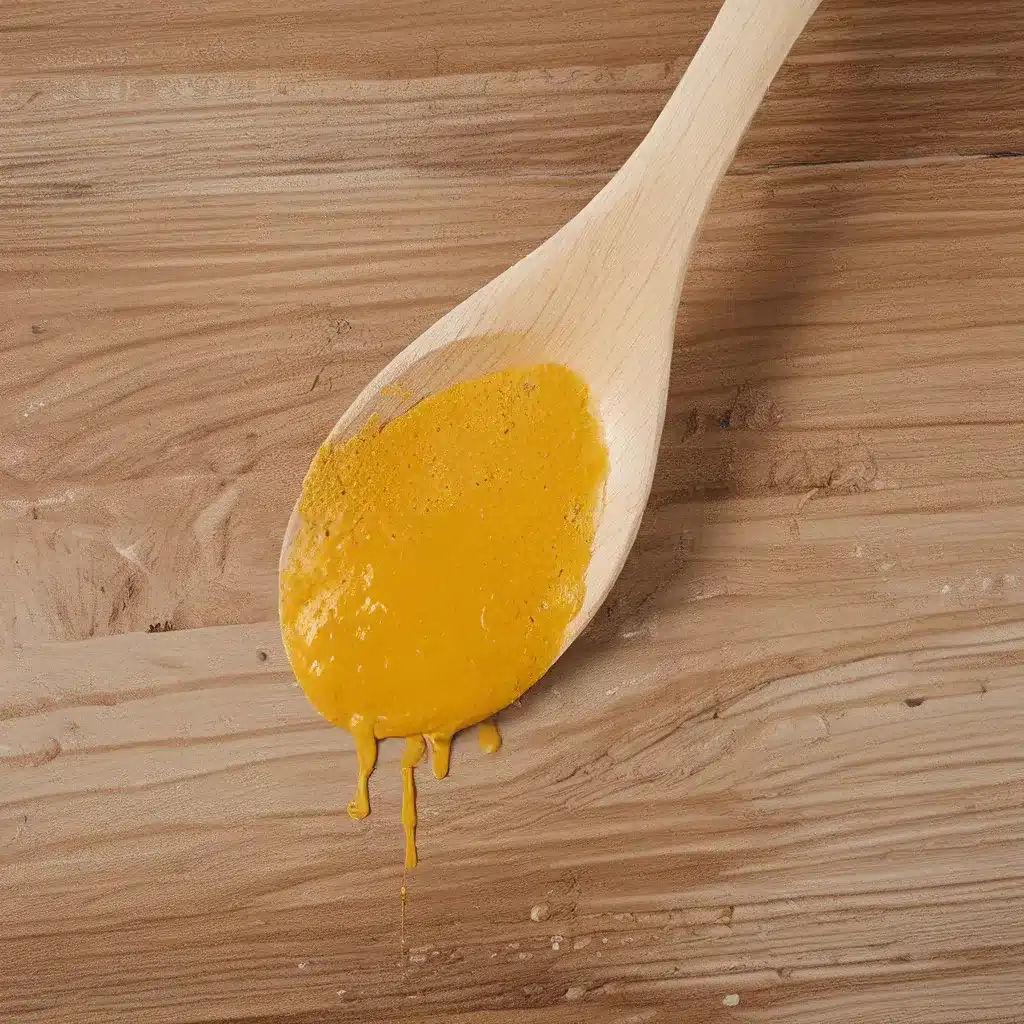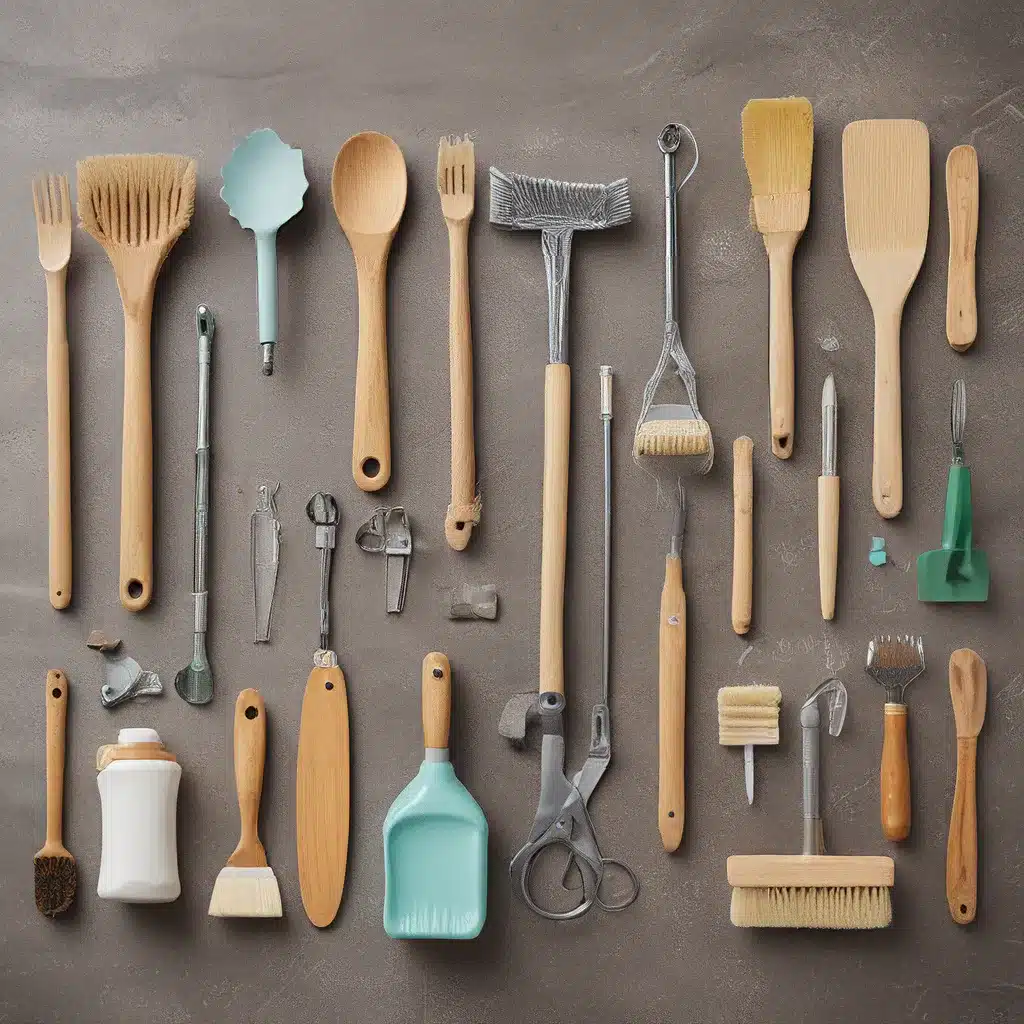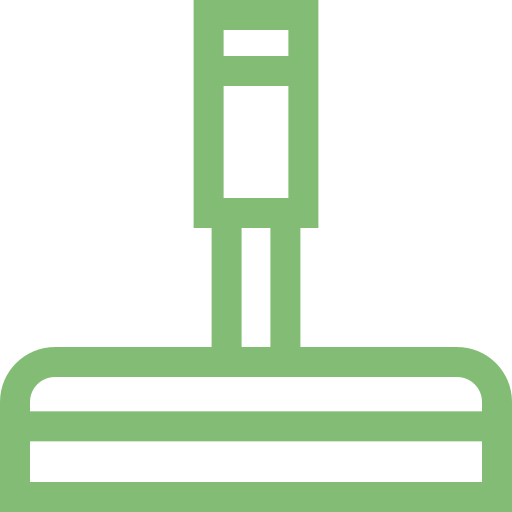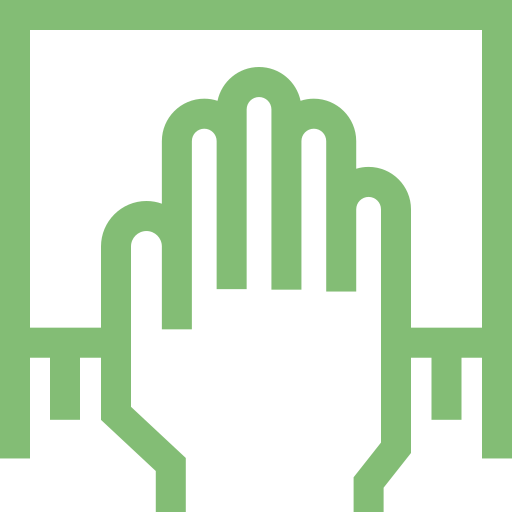The Humble Origins of Toilet Cleaning
The act of cleaning toilets has a long and storied history, dating back to the earliest civilizations. From the ancient Egyptians to the Roman Empire, the importance of maintaining a clean and hygienic toilet space has been a constant concern for societies throughout the ages. In my research, I’ve uncovered fascinating insights into the evolution of toilet cleaning practices, shedding light on the humble origins of this ubiquitous household task.
The earliest evidence of toilet cleaning can be traced back to the ancient Egyptians, who employed a rudimentary yet effective method of using a sponge on a stick to scrub their toilet bowls. This simple tool, known as a “sponge-on-a-stick,” was a precursor to the modern toilet brush, and its use was widespread throughout the ancient Mediterranean world. As civilizations advanced, so too did the methods of toilet cleaning, with the Romans introducing the concept of a dedicated toilet cleaning attendant, known as a “latrinarius.”
The role of the latrinarius was to maintain the cleanliness of public latrines, which were an integral part of the Roman urban landscape. These attendants would use a variety of tools, including brushes, shovels, and even specialized cleaning solutions, to ensure that the communal toilets remained hygienic and odor-free. This early specialization of toilet cleaning foreshadowed the modern professionalization of the industry, with dedicated cleaning services and products becoming increasingly common in later centuries.
The Rise of Domestic Toilet Cleaning
As the Roman Empire declined and the Middle Ages dawned, the responsibility for toilet cleaning shifted from the public to the private sphere. Wealthy households began to employ domestic servants, known as “chamber maids,” to maintain the cleanliness of their personal toilet facilities. These early chamber maids would use a range of tools, from simple brushes to more elaborate cleaning implements, to scrub and disinfect the toilet bowls and surrounding areas.
The advent of the modern flush toilet, which was first patented in 1596 by Sir John Harington, ushered in a new era of toilet cleaning. The introduction of this revolutionary technology meant that toilet bowls could be flushed with water, making the cleaning process more efficient and hygienic. However, the manual scrubbing of toilet bowls remained a necessary task, and the role of the chamber maid continued to be an important one in the households of the aristocracy and the growing middle class.
The Emergence of Specialized Cleaning Products
As the Industrial Revolution took hold in the 19th century, the demand for more efficient and effective toilet cleaning solutions grew. Entrepreneurs and inventors began to develop specialized cleaning products, such as toilet brushes and chemical cleaners, to meet the needs of the increasingly hygiene-conscious public. The introduction of these specialized tools and products marked a significant shift in the way that toilet cleaning was perceived and carried out.
The late 19th and early 20th centuries saw the rise of several iconic toilet cleaning brands, such as Harpic and Jeyes Fluid, which became household names and helped to standardize the way that people approached this once-mundane task. The widespread availability of these products, combined with the growing emphasis on personal hygiene and cleanliness, led to a democratization of toilet cleaning practices, with even the most humble of households able to maintain a clean and well-kept toilet space.
The Modern Era of Toilet Cleaning
The 20th century witnessed a remarkable transformation in the way that we approach toilet cleaning. The advent of the self-cleaning toilet, which uses advanced technologies to automate the cleaning process, has revolutionized the way that we maintain our bathroom spaces. These self-cleaning models, which utilize features like built-in cleaning mechanisms, antimicrobial coatings, and specialized cleaning solutions, have made the once-arduous task of toilet cleaning significantly easier and more efficient.
The rise of these self-cleaning technologies has had a profound impact on the toilet cleaning industry, with manufacturers and innovators constantly pushing the boundaries of what is possible. From the introduction of touchless flushing systems to the development of smart toilet technologies that can self-diagnose and maintain their own cleanliness, the modern toilet has become a true marvel of engineering and design.
The Benefits of Self-Cleaning Toilets
The proliferation of self-cleaning toilet models has brought with it a host of benefits for homeowners and businesses alike. Perhaps the most significant advantage is the time and labor savings that these technologies offer. By automating the cleaning process, self-cleaning toilets eliminate the need for regular manual scrubbing, freeing up valuable time and resources that can be directed towards other household or business tasks.
Moreover, the use of specialized cleaning solutions and antimicrobial coatings in self-cleaning toilets has proven to be more effective at eliminating germs and bacteria than traditional manual cleaning methods. This enhanced level of cleanliness not only promotes better hygiene but also helps to reduce the risk of the spread of infectious diseases, making self-cleaning toilets an invaluable asset in both residential and commercial settings.
The Environmental Impact of Self-Cleaning Toilets
In addition to the practical benefits of self-cleaning toilets, these innovative technologies also have a positive impact on the environment. Many self-cleaning models are designed with water conservation in mind, using significantly less water per flush than traditional toilets. This not only reduces the overall water consumption of a household or business but also contributes to the sustainable management of our precious water resources.
Furthermore, the use of eco-friendly cleaning solutions in self-cleaning toilets helps to minimize the release of harmful chemicals into the environment. These specialized solutions are typically formulated with biodegradable ingredients and are designed to be gentle on both the plumbing system and the surrounding ecosystem.
The Future of Toilet Cleaning
As we look to the future, it is clear that the evolution of toilet cleaning technologies will continue to shape the way we maintain our bathrooms and improve our overall hygiene. The rise of smart home technologies, for example, has the potential to further automate and optimize the toilet cleaning process, with the integration of voice-activated controls and remote monitoring capabilities.
Moreover, the ongoing research and development in the field of nanotechnology and advanced materials could lead to the creation of self-cleaning toilet surfaces that are even more resistant to the buildup of grime and bacteria. This could ultimately reduce the frequency of manual cleaning even further, making the task of maintaining a clean and hygienic toilet space an effortless one.
As an advocate for clean and efficient household solutions, I am excited to see how the toilet cleaning industry will continue to innovate and evolve in the years to come. Whether you’re a homeowner looking to upgrade your bathroom or a business owner seeking to improve the cleanliness of your facilities, the advancements in self-cleaning toilet technology offer a promising and eco-friendly solution. To learn more about the latest self-cleaning models and how they can benefit your home or business, I encourage you to explore the services offered by AdamCleaning.uk.

